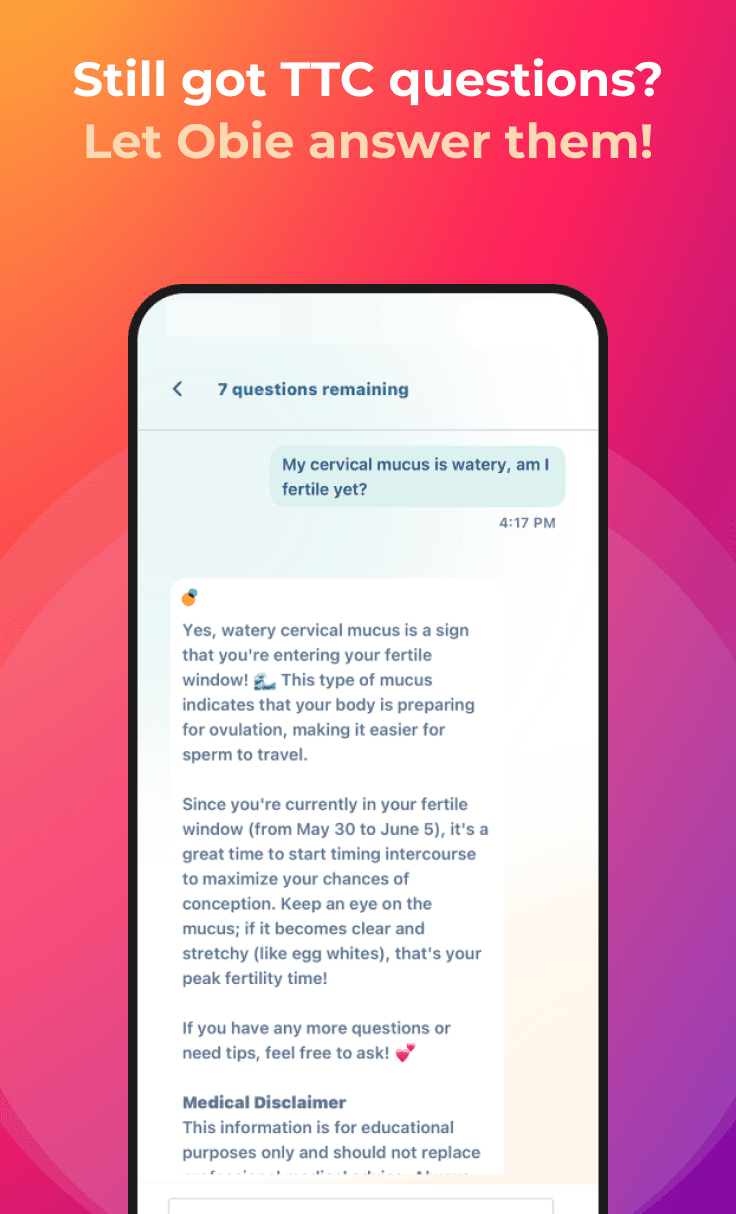Implantation Temperature Dip
Pregnancy Symptoms
Obie Editorial Team
The term implantation temperature dip is often used to refer to a luteal phase dip that occurs around the time of expected implantation (7-10 days past ovulation).
An implantation dip is a short-term decrease in the temperature that happen around the time of expected implantation (about 6-12 after ovulation). Seeing an implantation dip on your fertility temperature curve does not always mean that you are pregnant nor does an absence of a dip mean that you are not pregnant.
The expression "implantation dip" is often used because of the timing of the dip and because it seems that this pattern appears with greater frequency on pregnancy charts than non-pregnancy charts. There may be some reasons why this dip is more often seen in pregnancy chart:
The estrogen hormone lowers temperatures. Estrogen levels have been found to be higher when there is a pregnancy so this may also explain the greater frequency with which we see the implantation dip on pregnancy charts. However, an estrogen surge does also happen about a week after ovulation normally when there is no pregnancy and this could cause a temperature dip at this time without a pregnancy.
The temperature raising hormone progesterone is produced by the corpus luteum after ovulation. Progesterone levels normally peak around a week after ovulation. They then start going down in the second part of the luteal phase and with the decrease in progesterone temperatures may decrease too. If pregnancy and implantation happens, progesterone starts rising again around the time of implantation. The corpus luteum then continues to produce progesterone until the placenta can take over hormone production about 10-11 weeks into the pregnancy. So the normal dip in temperatures followed by a rise in temperatures again may signal that you are pregnant.








